Shrimp rice noodle soup, also known as salty rice noodle soup with coconut milk, is a special rustic dish of the Southwest region. Every summer, I get to indulge in my grandmother's rice noodle soup.
First, my grandmother chooses good sticky rice, soaks it overnight, then rows the boat to the market to grind it into flour. The ground flour is tied tightly into a bag (a cloth bag used to filter the water from the flour), and pressed down with a large cutting board or a board to squeeze out all the water, creating a thick, sticky dough. Next, she finds a pair of kitchen chopsticks with flat sides that are sharp enough to cut the dough. Prepare a 3-quart bottle to roll the dough and a table to grater the coconut by hand. Prepare onions, pepper, garlic, chili, sugar, etc., and a bowl of tapioca starch to coat the dough when rolling it so it doesn’t stick to your hands. She climbs up a tree to break the coconut.
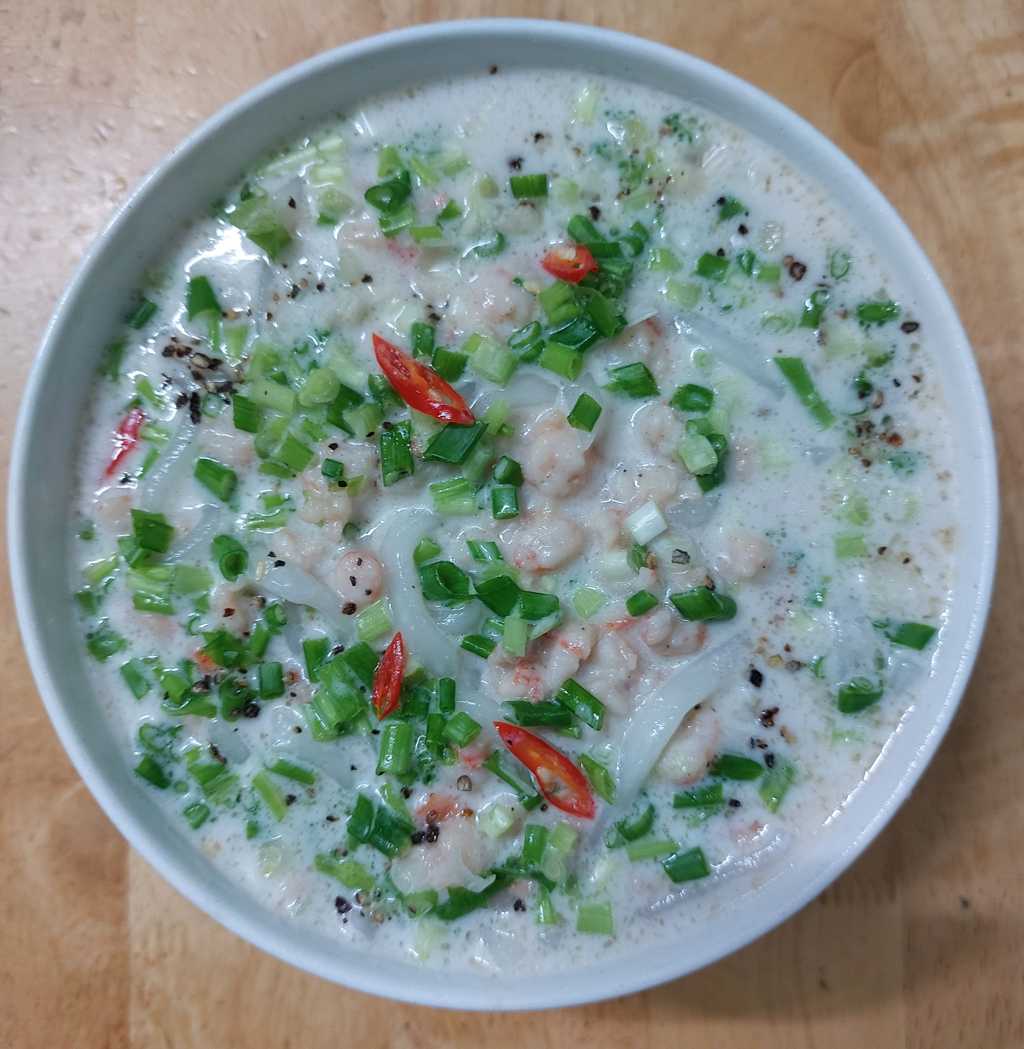
In a corner of the kitchen, the youngest aunt was grating a coconut. Her feet were firmly pressing the grater handle, her two hands holding half a coconut, she was pressing and pushing the coconut flesh onto the grater. Each white coconut thread fell into the aluminum basin below.
Taking a basket of fresh shrimp, Grandma picked off the heads and tails of each one. In just a moment, she filled a large bowl of shrimp. She washed them and put them in a basket to drain. Grandma put them on a cutting board and chopped them finely, put them all in a bowl, seasoned them with shallots and mixed well to absorb the flavor.
She poured hot water into the bowl of grated coconut and mixed it well. She used a spoon to scoop it into a cloth and squeezed it hard. Streams of coconut milk flowed out into the clean bowl. She set the bowl of coconut milk aside and continued to add warm water to the remaining coconut to squeeze out the coconut milk into another aluminum pot.
Now it was Grandma's turn to show off all her skills. Put the pot of water on the stove until the wood was just burning. Take out the ball and take the dough and put it on the tray. Grandma's two hands pressed down and kneaded the dough continuously. Occasionally, Grandma added a little flour to the kneading, so that the dough would not stick to the tray and her hands. After about half an hour, Grandma stopped and used her hand to press on the smooth white dough, which was no longer sticky and had a bulge. Grandma applied more flour and then broke off small pieces of dough and rolled them into balls like tangerines. Using a rolling pin, the dough gradually became as thin as a rice paper. Grandma rolled the dough so that it stuck to the bottle, one hand held the mouth of the bottle, and the bottom of the bottle was facing the pot of simmering water, while the other hand used a kitchen chopstick to continuously cut the edges of the dough on the bottom of the bottle.
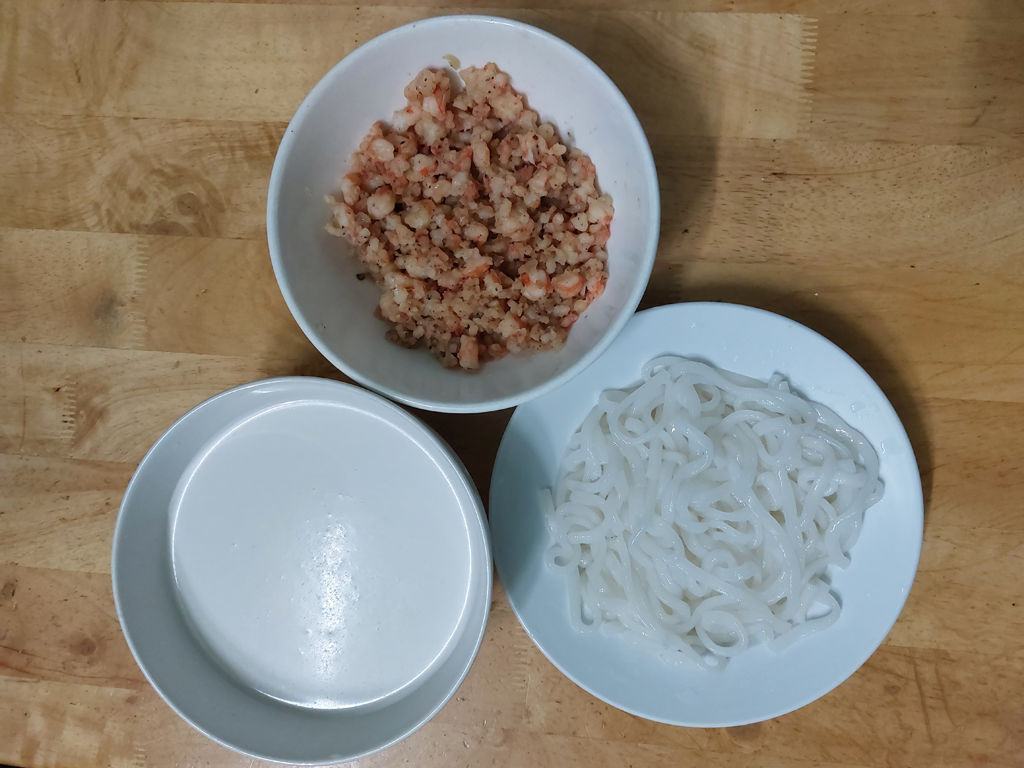
Western-style sliced rice noodle dish made by the author
Each piece of dough, long and flat, fell into the pot of water. The trick was to cut the dough with chopsticks. It had to be quick and precise, with enough force to separate the dough into pieces but not break when dropped into the boiling water, and the hand had to rotate the bottle constantly. It all came down to the kneading and cutting technique. It continued like this until the last piece of dough fell into the pot of boiling water.
Grandma turned up the heat, quickly stirred the pot of boiling water to prevent the cake from sticking to the pot and when the cake was cooked, it turned clear white. Grandma took the pot down, put the pot of boiling water on the stove, reduced some of the wood and kept the heat low. The boiled cake was taken out and rinsed in a basin of cold water to dissolve the viscosity and make the cake more chewy.
The pot of water started to boil, Grandma poured in the bowl of marinated shrimp. Waited for the stove to boil for a few minutes until the shrimp was cooked and turned light pink. Grandma put all the noodles into the pot, added firewood to make the mixture burn, and occasionally used a ladle to stir.
"Why don't you put coconut milk in, grandma?"
"That must be left at the end to keep the fatty taste and aroma of the noodle soup," my grandmother slowly answered my concern.
The pot of noodles boiled, my grandmother took out all the firewood, seasoned it to taste and gently poured in the coconut milk, stirring briefly to mix everything together. The charcoal fire was enough to make the pot of noodles boil gently, the fragrant aroma spread everywhere. The smell of rice noodles mixed with the smell of freshwater shrimp, mixed with the rich aroma of coconut milk, dissolved into the spices. Creating the fragrant countryside smell of childhood.
Looking at my grandmother scooping the sliced rice noodles into a bowl, with the green of the scallions and cilantro, the red of the chili, and the light pink of the broth on top, there is no picture more beautiful than the picture of the taste of home.
Rice noodle soup with sliced shrimp
Love for the homeland is always in the heart.
Source link





![[Photo] Cat Ba - Green island paradise](/_next/image?url=https%3A%2F%2Fvphoto.vietnam.vn%2Fthumb%2F1200x675%2Fvietnam%2Fresource%2FIMAGE%2F2025%2F12%2F04%2F1764821844074_ndo_br_1-dcbthienduongxanh638-jpg.webp&w=3840&q=75)




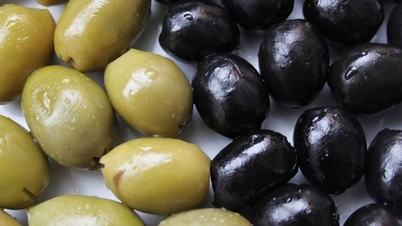


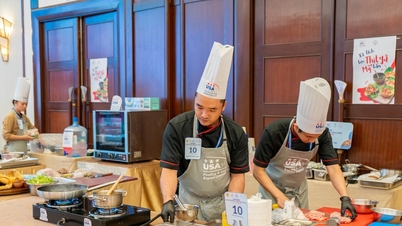

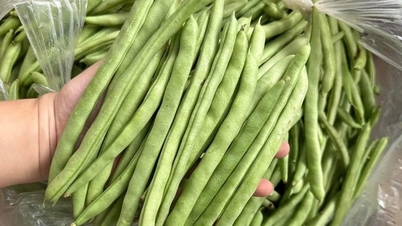



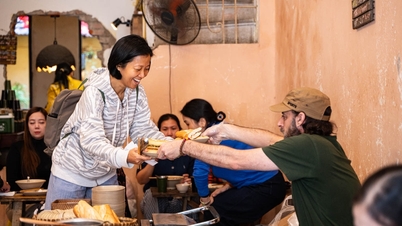
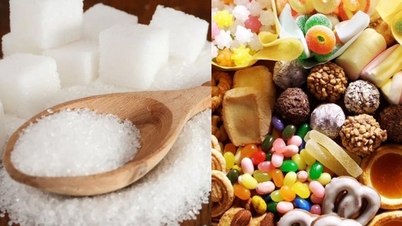

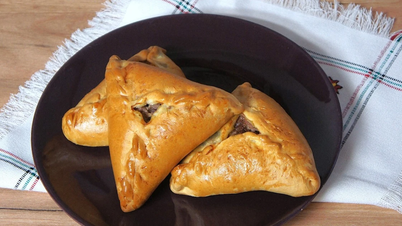

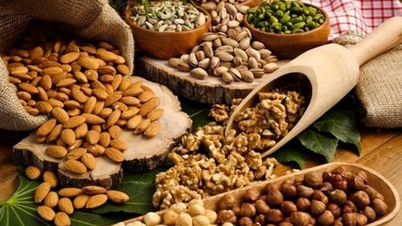











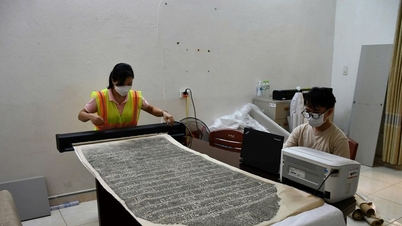




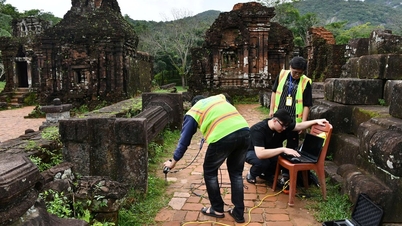
















![[VIMC 40 days of lightning speed] Da Nang Port: Unity - Lightning speed - Breakthrough to the finish line](https://vphoto.vietnam.vn/thumb/402x226/vietnam/resource/IMAGE/2025/12/04/1764833540882_cdn_4-12-25.jpeg)
















































Comment (0)